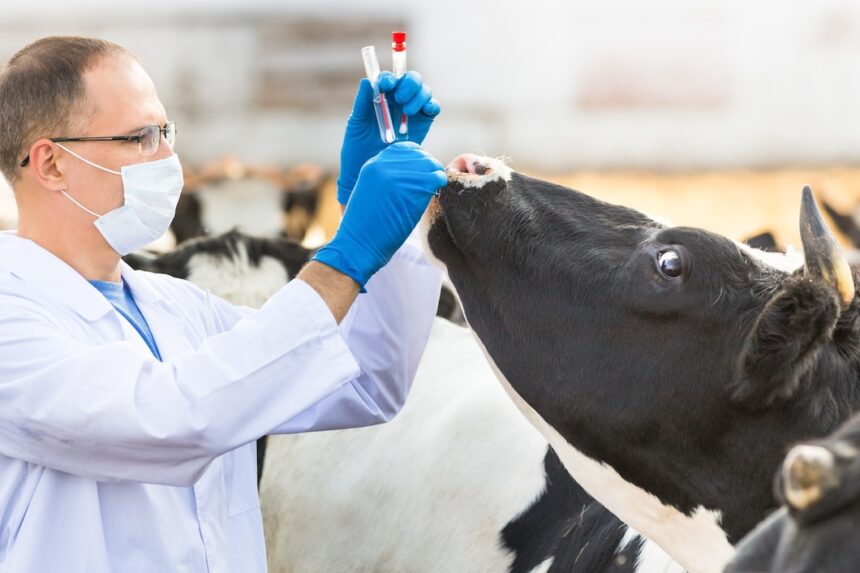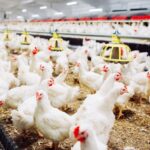Foot-and-mouth disease (FMD) is one of the most contagious viral diseases affecting cloven-hoofed animals such as cattle, sheep, goats, and pigs. It poses a major threat to livestock health, agricultural trade, and food security. Controlling the spread of FMD requires a strategic combination of vaccination and strict biosecurity measures—both on farms and across national borders.
Vaccination plays a key role in preventing outbreaks and reducing the severity of infections. The FMD virus has multiple serotypes, so vaccines must be carefully matched to the circulating strains in a given region. Governments and veterinary authorities often conduct mass vaccination campaigns in high-risk areas to build herd immunity and protect livestock populations. These vaccines are typically inactivated, meaning they contain killed virus particles that stimulate an immune response without causing disease.
In countries where FMD is endemic, regular vaccination is part of a long-term control strategy. Farmers are advised to keep detailed vaccination records and follow the recommended schedule for boosters to maintain protection. In some cases, marker vaccines are used, which allow veterinarians to distinguish between vaccinated and infected animals during surveillance.
However, vaccination alone is not enough to stop the spread of foot-and-mouth disease. Biosecurity measures are essential to prevent the introduction and transmission of the virus. FMD can be spread through direct contact with infected animals, contaminated feed, equipment, clothing, and even by the wind over short distances. To reduce this risk, farms should implement strict access controls, disinfect vehicles and equipment, and limit the movement of animals between herds.
Quarantine protocols are particularly important. New or returning animals should be isolated for a period before being introduced to the main herd. This helps identify any signs of disease early and prevents the spread to healthy animals. Farmworkers should also be trained in proper hygiene practices, including changing clothing and footwear when moving between different animal enclosures.
National and regional authorities often enforce animal movement restrictions during outbreaks, along with surveillance and testing to track the spread of the virus. Slaughter of infected and exposed animals may be necessary in severe outbreaks, especially in countries aiming for FMD-free status without vaccination.
International trade is also affected by FMD status. Countries free of the disease often impose strict import controls to protect their livestock industries. For exporting nations, maintaining FMD control through vaccination and biosecurity is critical for accessing global markets.
Early detection remains a cornerstone of effective FMD control. Farmers should be vigilant for symptoms such as fever, excessive salivation, lameness, and characteristic blisters on the mouth, feet, and teats of infected animals. Prompt reporting to veterinary authorities can make a significant difference in containing an outbreak.
In the face of evolving global livestock trade and climate-related risks that may influence disease spread, integrated approaches to vaccination and biosecurity are more important than ever. By combining science-based prevention strategies with responsible farm management, the agriculture sector can reduce the devastating impacts of foot-and-mouth disease and safeguard both animal health and economic stability.
Join 'Farmers Mag' WhatsApp Channel
Get the latest Farming news and tips delivered straight to your WhatsApp
CLICK HERE TO JOIN






